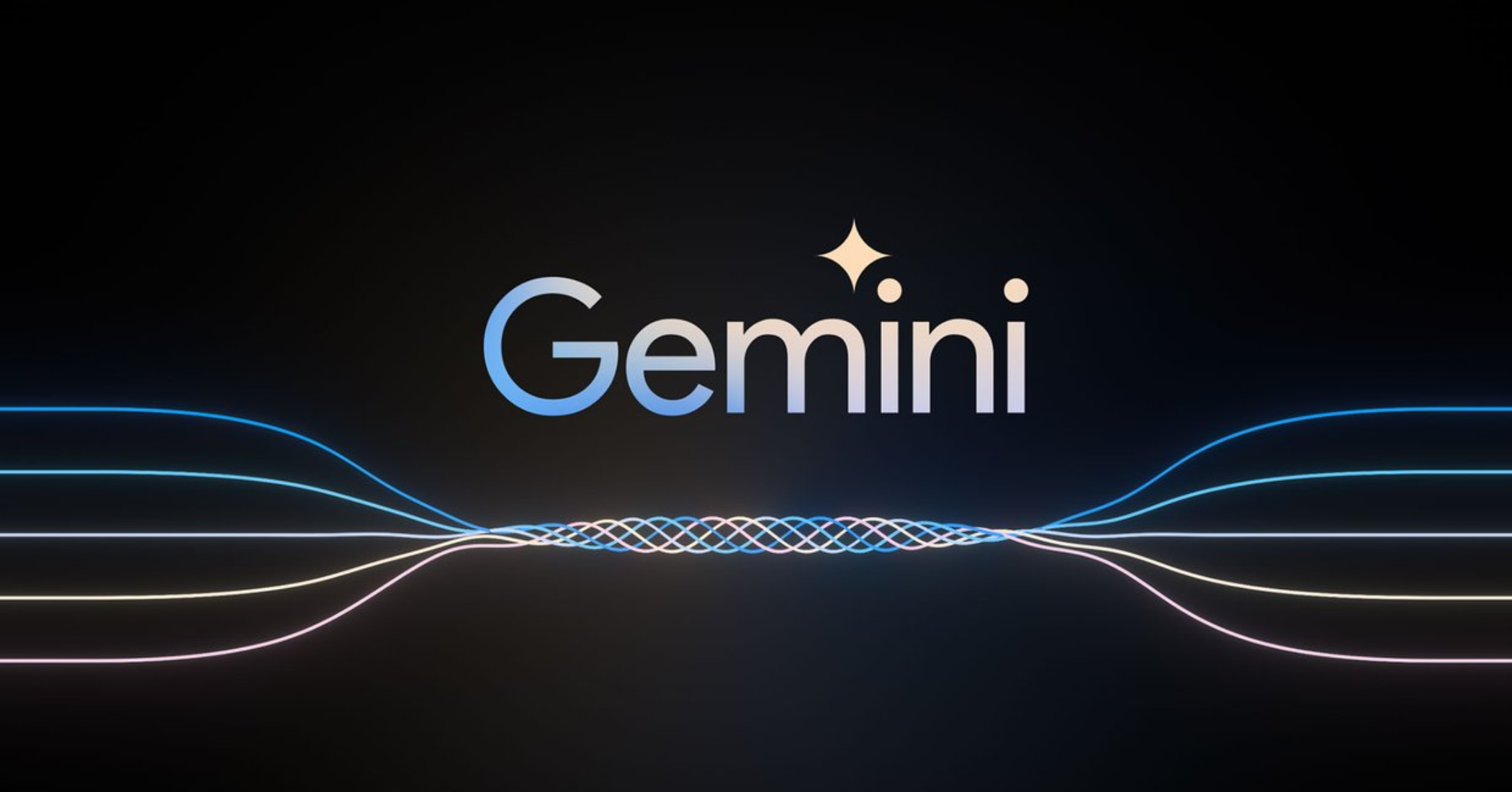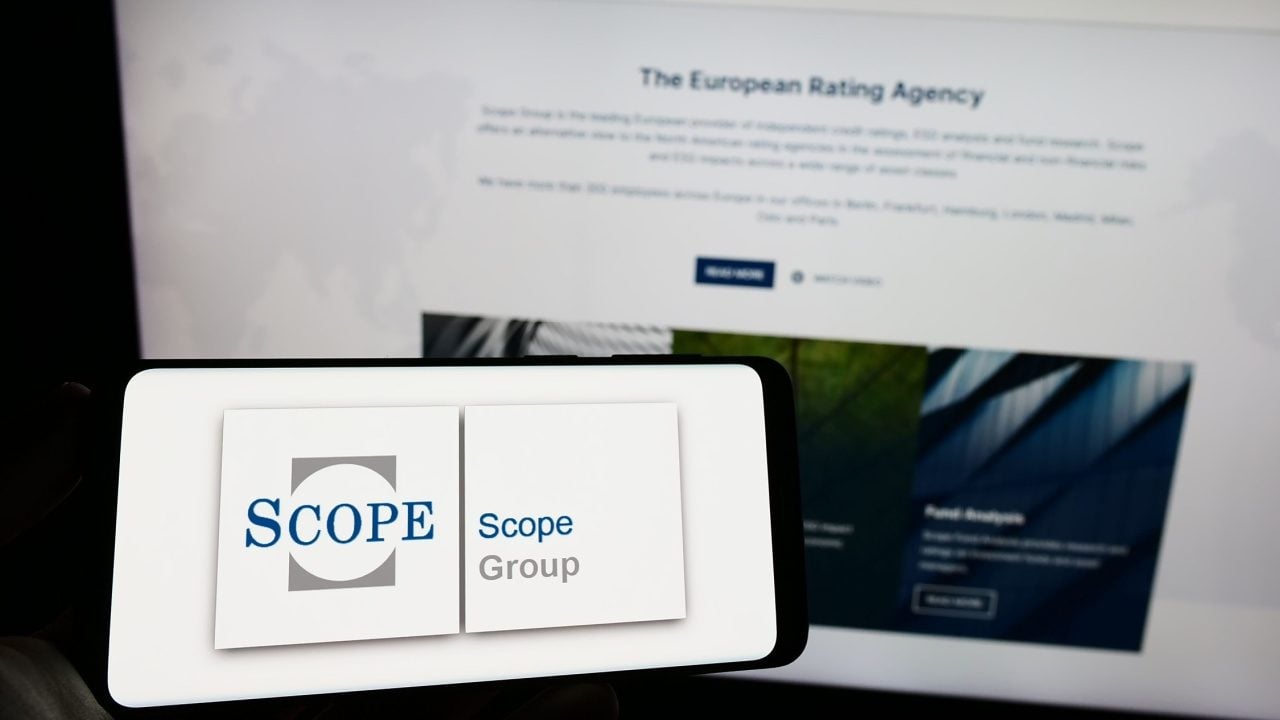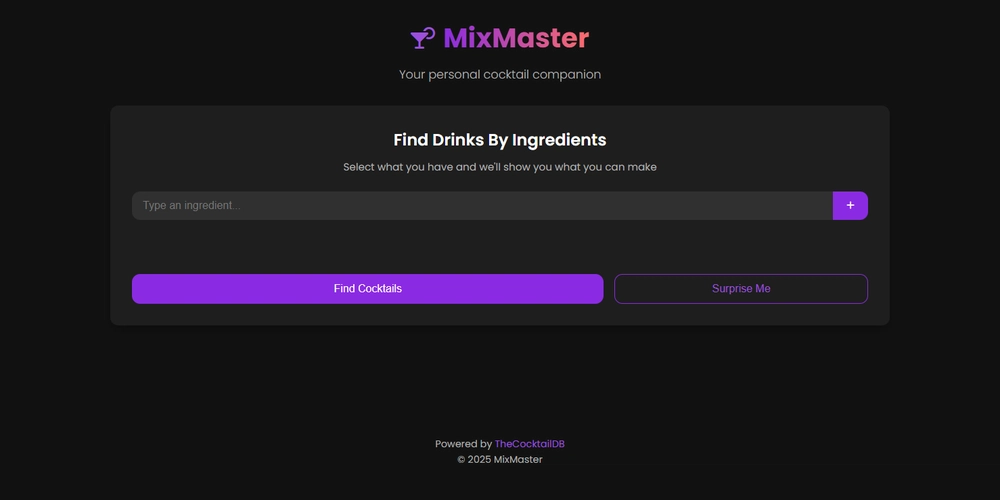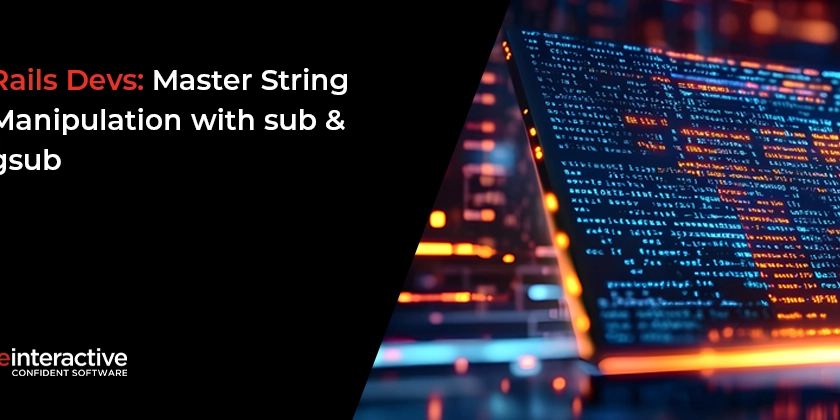AI and the Art of Precise Enquiry
Article courtesy: SoftpageCMS.com In the rapidly evolving AI realm, the ability to ask the right questions has become a critical skill. As AI systems like Grok, developed by xAI, evolve to process vast datasets and deliver nuanced responses, the quality of the information or action they provide hinges on the clarity and intent of the questions posed. Mastering the art of questioning is not merely a technical exercise but a strategic approach to harnessing AI’s potential. In this article we explore why asking the right questions matters, how to craft effective queries, and the role of curiosity in optimising AI interactions in a world where information seems infinite and precision is paramount. Why Questions Matter in the AI Age AI systems, whether deployed in natural language processing (NLP), data analysis, or creative tasks, operate as sophisticated tools that interpret user inputs to generate outputs. Unlike traditional search engines, modern AI models like Grok use contextual understanding to provide answers that are conversational, tailored, and often predictive. However, their effectiveness is limited by the specificity and structure of the input they receive. A poorly phrased question can yield vague, irrelevant, or incomplete results, while a well-crafted one unlocks precise, actionable insights. The stakes are high in contexts such as business intelligence, where leaders rely on AI to inform strategic decisions, or in scientific research, where accurate data interpretation can accelerate discoveries. Even in everyday scenarios—such as using AI to plan a trip or generate creative content—the difference between a generic query and a targeted one can determine whether the output is merely satisfactory or genuinely transformative. The Anatomy of a Good Question Crafting a question that elicits the desired response from an AI system requires an understanding of how these systems process language and context. Here are the key principles for formulating effective queries: Be Specific and Contextual Vague questions produce vague answers. For instance, asking, “Tell me about history” is likely to result in a broad, unfocused response. Instead, a question like, “What were the primary causes of the Industrial Revolution in Britain between 1760 and 1840?” provides clear parameters—time, place, and focus—that enable the AI to deliver a precise answer. Including relevant context, such as the user’s intent (“I’m preparing for an exam” or “I need a summary for a presentation”), further refines the output. Use Clear and Concise Language AI thrives on clarity. Avoid ambiguous terms or overly complex phrasing that could confuse the system’s language model. For example, instead of asking, “What’s the deal with that thing people use to make stuff?”, a better question would be, “How does 3D printing technology work in manufacturing consumer goods?” Conciseness ensures the AI focuses on the core of the query without misinterpreting extraneous details. Leverage Iterative Questioning AI interactions are often iterative, meaning users can refine their questions based on initial responses. If an AI’s answer is too broad, follow up with a more targeted query. For instance, if asking, “What are the benefits of AI?” yields a general overview, a follow-up like, “How does AI improve efficiency in healthcare diagnostics?” narrows the focus. This technique, akin to conversational scaffolding, builds a dialogue that hones in on the user’s needs. Incorporate Constraints or Preferences AI systems can tailor responses to specific formats, tones, or perspectives if instructed to do so. For example, asking, “Write a 500-word article on AI ethics in an academic tone” is more effective than a generic request for information on AI ethics. Similarly, specifying constraints like “Explain quantum computing in simple terms for a beginner” ensures the response aligns with the user’s knowledge level. Anticipate the AI’s Perspective Understanding the AI’s design can inform better questions. For instance, Grok, built by xAI, is optimised to provide truth-seeking responses grounded in reason and scepticism. Asking, “What is the most evidence-based approach to reducing carbon emissions?” aligns with its strengths, prompting a data-driven, analytical answer. Conversely, questions requiring speculative or subjective opinions may need careful phrasing to avoid misinterpretation. The Role of Curiosity in AI Interaction Beyond technical precision, the art of questioning is rooted in curiosity—a mindset that drives users to explore, challenge, and refine their understanding. Curious users tend to ask open-ended questions that invite deeper insights, such as, “What are the long-term implications of AI in education?” rather than closed questions like, “Is AI used in schools?” This approach not only yields richer responses but also fosters a dynamic interaction where the AI serves as a partner in exploration. Curiosity also encourages users to exp

Article courtesy: SoftpageCMS.com
In the rapidly evolving AI realm, the ability to ask the right questions has become a critical skill. As AI systems like Grok, developed by xAI, evolve to process vast datasets and deliver nuanced responses, the quality of the information or action they provide hinges on the clarity and intent of the questions posed. Mastering the art of questioning is not merely a technical exercise but a strategic approach to harnessing AI’s potential. In this article we explore why asking the right questions matters, how to craft effective queries, and the role of curiosity in optimising AI interactions in a world where information seems infinite and precision is paramount.
Why Questions Matter in the AI Age
AI systems, whether deployed in natural language processing (NLP), data analysis, or creative tasks, operate as sophisticated tools that interpret user inputs to generate outputs. Unlike traditional search engines, modern AI models like Grok use contextual understanding to provide answers that are conversational, tailored, and often predictive. However, their effectiveness is limited by the specificity and structure of the input they receive. A poorly phrased question can yield vague, irrelevant, or incomplete results, while a well-crafted one unlocks precise, actionable insights.
The stakes are high in contexts such as business intelligence, where leaders rely on AI to inform strategic decisions, or in scientific research, where accurate data interpretation can accelerate discoveries. Even in everyday scenarios—such as using AI to plan a trip or generate creative content—the difference between a generic query and a targeted one can determine whether the output is merely satisfactory or genuinely transformative.
The Anatomy of a Good Question
Crafting a question that elicits the desired response from an AI system requires an understanding of how these systems process language and context. Here are the key principles for formulating effective queries:
Be Specific and Contextual
Vague questions produce vague answers. For instance, asking, “Tell me about history” is likely to result in a broad, unfocused response. Instead, a question like, “What were the primary causes of the Industrial Revolution in Britain between 1760 and 1840?” provides clear parameters—time, place, and focus—that enable the AI to deliver a precise answer. Including relevant context, such as the user’s intent (“I’m preparing for an exam” or “I need a summary for a presentation”), further refines the output.Use Clear and Concise Language
AI thrives on clarity. Avoid ambiguous terms or overly complex phrasing that could confuse the system’s language model. For example, instead of asking, “What’s the deal with that thing people use to make stuff?”, a better question would be, “How does 3D printing technology work in manufacturing consumer goods?” Conciseness ensures the AI focuses on the core of the query without misinterpreting extraneous details.Leverage Iterative Questioning
AI interactions are often iterative, meaning users can refine their questions based on initial responses. If an AI’s answer is too broad, follow up with a more targeted query. For instance, if asking, “What are the benefits of AI?” yields a general overview, a follow-up like, “How does AI improve efficiency in healthcare diagnostics?” narrows the focus. This technique, akin to conversational scaffolding, builds a dialogue that hones in on the user’s needs.Incorporate Constraints or Preferences
AI systems can tailor responses to specific formats, tones, or perspectives if instructed to do so. For example, asking, “Write a 500-word article on AI ethics in an academic tone” is more effective than a generic request for information on AI ethics. Similarly, specifying constraints like “Explain quantum computing in simple terms for a beginner” ensures the response aligns with the user’s knowledge level.Anticipate the AI’s Perspective
Understanding the AI’s design can inform better questions. For instance, Grok, built by xAI, is optimised to provide truth-seeking responses grounded in reason and scepticism. Asking, “What is the most evidence-based approach to reducing carbon emissions?” aligns with its strengths, prompting a data-driven, analytical answer. Conversely, questions requiring speculative or subjective opinions may need careful phrasing to avoid misinterpretation.
The Role of Curiosity in AI Interaction
Beyond technical precision, the art of questioning is rooted in curiosity—a mindset that drives users to explore, challenge, and refine their understanding. Curious users tend to ask open-ended questions that invite deeper insights, such as, “What are the long-term implications of AI in education?” rather than closed questions like, “Is AI used in schools?” This approach not only yields richer responses but also fosters a dynamic interaction where the AI serves as a partner in exploration.
Curiosity also encourages users to experiment with prompt engineering, the practice of designing inputs to optimise AI outputs. For example, a creative professional might ask, “Generate a futuristic cityscape description inspired by Blade Runner, but with a utopian twist.” This prompt combines specificity, creativity, and context, pushing the AI to produce a vivid, tailored result.
Overcoming Common Pitfalls
Even seasoned users can fall into traps when querying AI. Here are common mistakes and how to avoid them:
Overloading Questions: Asking multiple questions in one query (e.g., “What is AI, how does it work, and who invented it?”) can confuse the AI or dilute the response. Break complex queries into separate, focused questions.
Assuming Human-Like Intuition: AI lacks the intuitive leaps humans make. If a question relies on unspoken assumptions (e.g., “What’s the best way to do it?”), the AI may misinterpret the intent. Explicitly define “it” and “best.”
Neglecting Follow-Ups: Failing to refine or clarify after an initial response can limit the AI’s utility. Treat AI interactions as a dialogue, not a one-off command.
The Future of Questioning in an AI-Driven World
As AI systems advance, the art of questioning will only grow in importance. Emerging technologies like multimodal AI, which integrate text, images, and other data, will require users to craft questions that span multiple formats—such as asking an AI to analyse a chart and explain its implications. Similarly, AI’s increasing role in decision-making will demand questions that balance precision with ethical considerations, such as, “What are the environmental impacts of adopting AI in logistics, and how can they be mitigated?”
To stay ahead, users must cultivate a blend of technical proficiency and creative curiosity. Educational institutions and workplaces can support this by teaching critical thinking and digital literacy, equipping individuals to interact with AI effectively. Platforms like xAI’s Grok offer a testing ground for honing these skills, encouraging users to experiment with questions and learn from the results.
Conclusion
AI being the ubiquitous partner it is, the ability to ask the right questions is a superpower. By mastering specificity, clarity, and curiosity, users can unlock the full potential of AI systems like Grok, transforming raw data into actionable insights, creative outputs, or profound discoveries. The art of a good question is not just about getting the right answer—it’s about shaping a future where humans and AI collaborate to solve complex problems. So, the next time you engage with an AI, pause and reflect: what’s the best question I can ask to get the most out of this moment?
We’d love your questions or comments on today’s topic!
For more articles like this one, click here.
Thought for the day:
“I won’t be impressed with technology until I can download food.” author unknown










































































































































































![[The AI Show Episode 144]: ChatGPT’s New Memory, Shopify CEO’s Leaked “AI First” Memo, Google Cloud Next Releases, o3 and o4-mini Coming Soon & Llama 4’s Rocky Launch](https://www.marketingaiinstitute.com/hubfs/ep%20144%20cover.png)







































































































































































































![Blue Archive tier list [April 2025]](https://media.pocketgamer.com/artwork/na-33404-1636469504/blue-archive-screenshot-2.jpg?#)

































.png?#)








-Baldur’s-Gate-3-The-Final-Patch---An-Animated-Short-00-03-43.png?width=1920&height=1920&fit=bounds&quality=70&format=jpg&auto=webp#)





























.webp?#)





















































































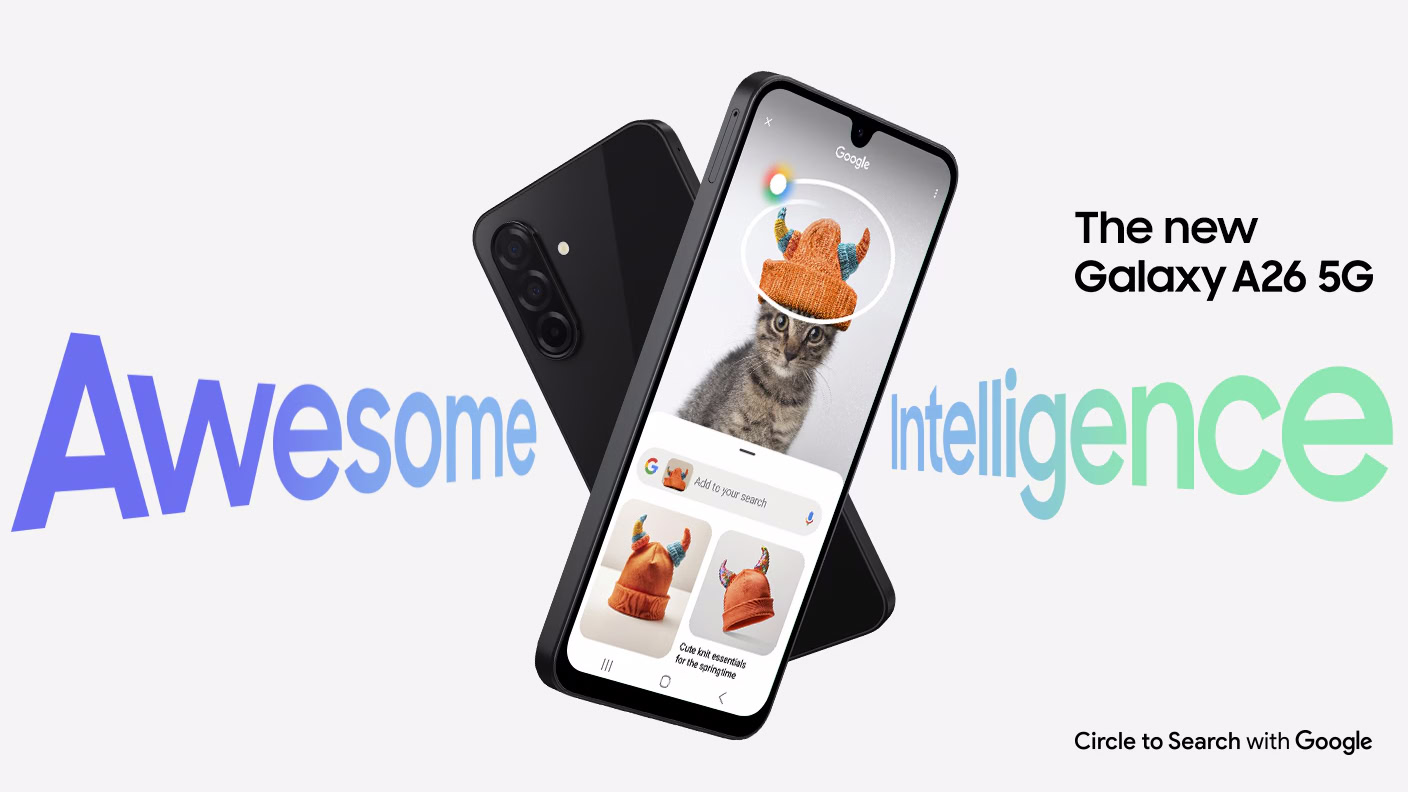
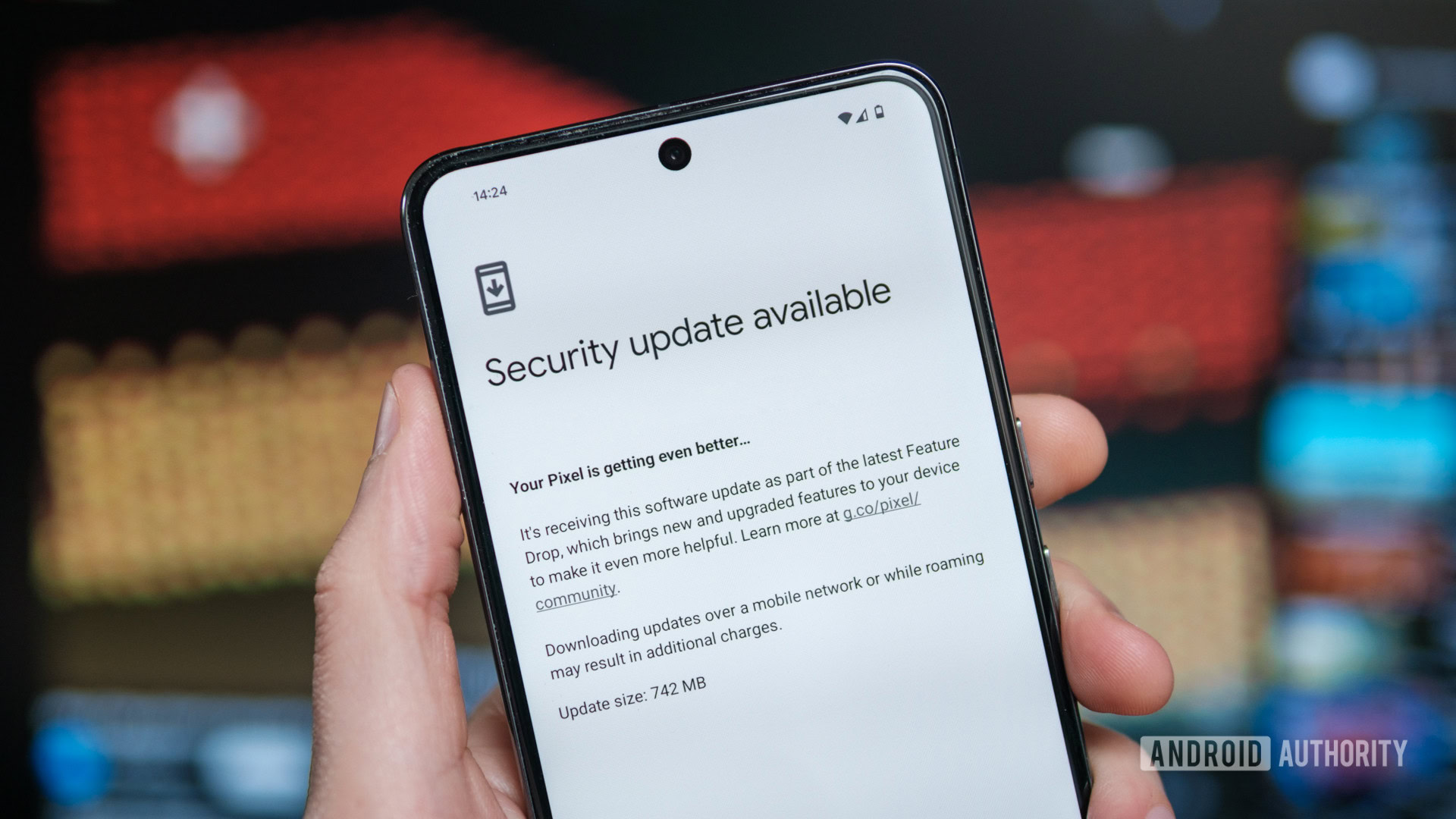



















![Apple to Split Enterprise and Western Europe Roles as VP Exits [Report]](https://www.iclarified.com/images/news/97032/97032/97032-640.jpg)
![Nanoleaf Announces New Pegboard Desk Dock With Dual-Sided Lighting [Video]](https://www.iclarified.com/images/news/97030/97030/97030-640.jpg)

![Apple's Foldable iPhone May Cost Between $2100 and $2300 [Rumor]](https://www.iclarified.com/images/news/97028/97028/97028-640.jpg)







































































